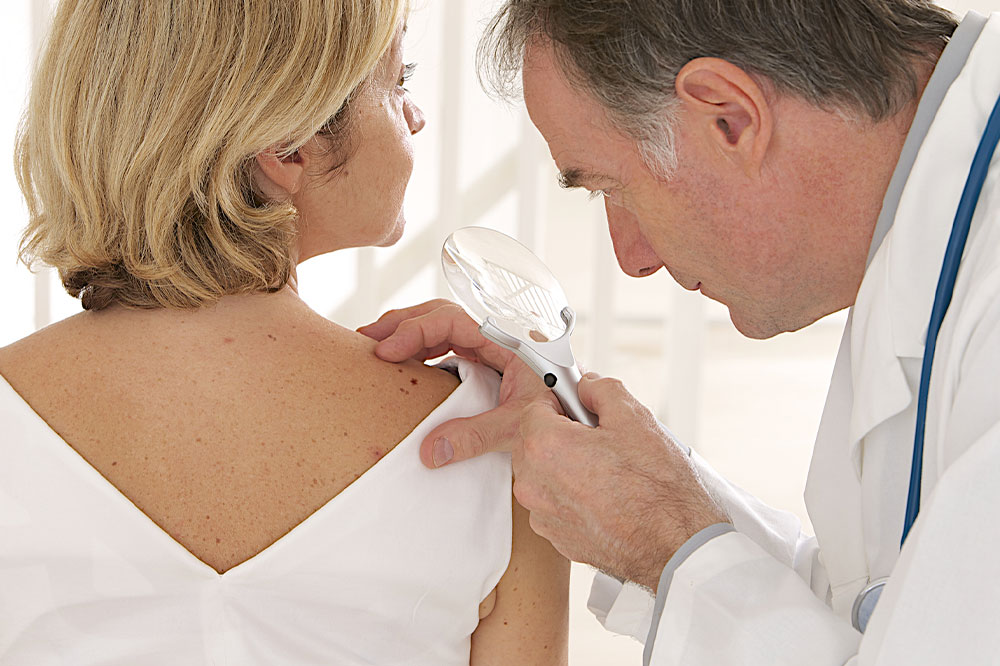Perioral Dermatitis – Signs, Causes, Diagnosis, and Management
Perioral dermatitis is a type of dermatitis characterized by a red inflammatory rash around the mouth. The redness and scaling can last for several weeks, months, or even years. In some cases, it may spread to the nose and eyes. When that happens, the condition is called periorificial dermatitis. Perioral dermatitis is often mistaken to be acne. This post discusses the disorder’s signs, causes, diagnosis, and how patients can manage the ailment.
Signs
Below are the common perioral dermatitis signs and symptoms that one should not ignore:
Noticeable rash
Patients develop a rash around their mouth, which may appear as tiny red papules or bumps.

Burning sensation and scaling
Itching and burning sensations around the mouth are common. The affected skin may also become itchy and trigger skin dryness, leading to scaly skin.
Fluid-filled bumps
Some may experience red bumps that may be fluid-filled or contain pus. These bumps are usually easy to spot.
Causes
This ailment is not contagious nor hereditary. Although the primary cause of perioral dermatitis is unknown, women are more at risk than men and children. Several other factors also play a role in triggering the symptoms:
Specific treatments
Long-term use of specific treatments applied on the skin can cause perioral dermatitis.
Certain lifestyle choices
Prolonged usage of particular moisturizers, heavy face creams, and fluoridated toothpaste can trigger the condition. The ailment can also result from chewing gum and undergoing a dental filling procedure.
The other triggers include hormonal changes in women, problems with the immune system, dysfunction of the skin’s epidermal barrier, and exposure to UV light or strong winds.
Diagnosis
In most cases, doctors carry out a perioral dermatitis diagnosis with a simple visual examination of the skin. Tests are usually not necessary, but a skin culture test or skin biopsy may help rule out a possible infection.
Treatment options
This type of dermatitis is often chronic and relapsing. It is treated with a combination of lifestyle changes and doctor-recommended treatments based on the cause and severity. Since inflammation can worsen the symptoms, doctors may recommend treatments to ease the inflammation. In addition, patients may need to use treatments to reduce the activity of the immune system. In severe cases, perioral dermatitis treatments may be advised for six to twelve weeks.
Lifestyle changes and remedies
Besides traditional treatments, the symptoms can be managed with perioral dermatitis remedies and lifestyle changes:
Avoiding skincare products
Doctors may ask patients to stop using skincare products on the face, including creams and moisturizers, especially if they have chemicals. The rash may worsen after stopping these before improving. Healthcare experts may recommend using fragrance-free skincare products instead to prevent further skin irritation.
Avoiding harmful treatments
The condition often worsens and then improves after a person stops using harmful treatments on the skin. If a person thinks their symptoms flare up due to specific ongoing treatments, they must talk to a healthcare provider, who may recommend a lower-strength option.
Washing the face with warm water
Washing the face with warm water can eliminate dirt from the skin’s surface and prevent infection. Once done, patients must gently pat dry and avoid scrubbing.
Avoiding sun exposure
People with this form of dermatitis should avoid sun exposure as UV light can irritate the inflamed skin and cause a flare-up. If venturing outdoors is unavoidable, patients can use quality sunscreen after consulting a doctor and wear wide-brimmed hats.
Avoiding fluoridated toothpaste
Fluoridated toothpaste may also worsen the symptoms of this skin disorder, so it is best avoided. The fluoride content in them acts as a trigger.
Perioral dermatitis can worsen or become chronic with the continued use of products that trigger it and when left untreated. So, individuals must consult a healthcare provider if they notice rashes around the mouth that do not go away.

